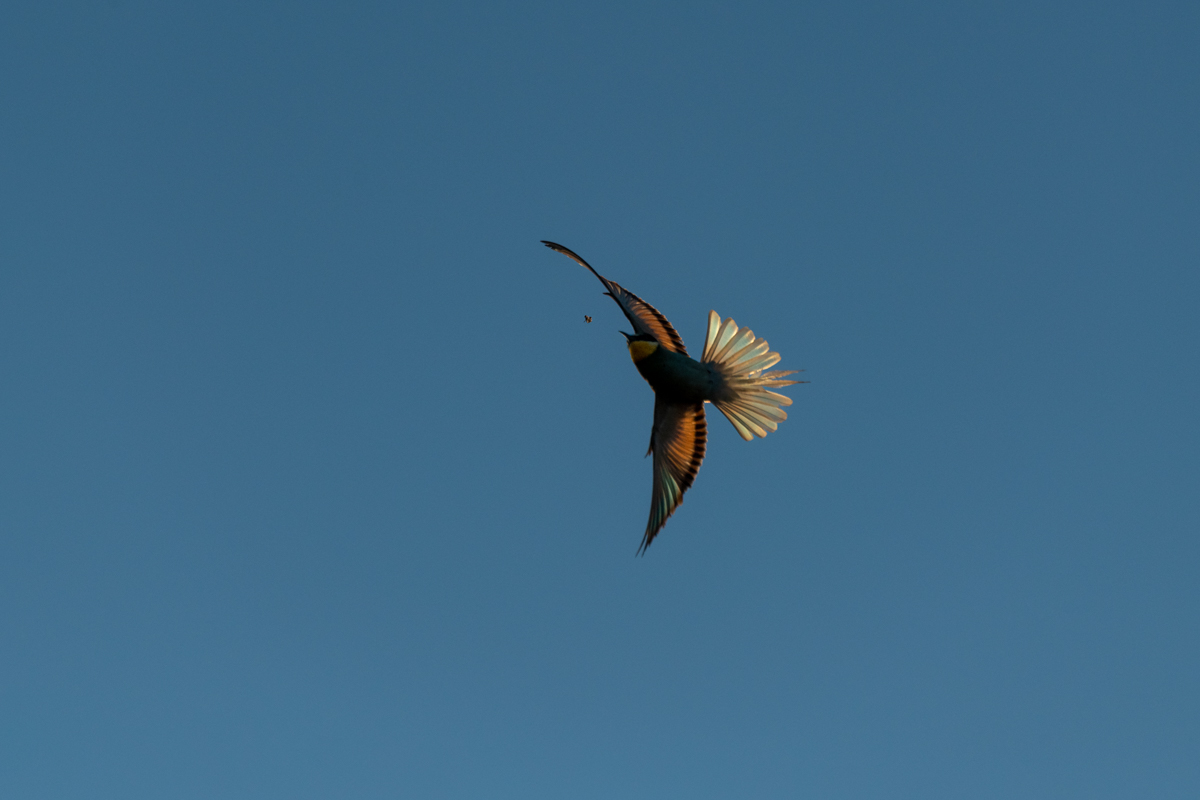…….Common Kingfisher!
Finally, I wake at sunrise and the skies are clear! It’s been a strange summer so far with very cloudy mornings. I grab a coffee and head down to the river. As soon as I step inside the hide, it clouds over………. AGGHHHHHHH!!!!!!!!
I wait it out and it improved slightly but not enough to have a fast enough shutter speed with a low enough ISO for flight shots, so I settled for some portraits of the beautiful juvenile female.
A female Common Kingfisher has a red lower beak which gradually turns red (the male stays black), this girl is half way there. Her feet are still a little dark, they also start black and turn red, as do the male.
You’ll notice that she doesn’t appear to “glow” in this picture. The blue/green feathers on a Common Kingfisher contain no pigment and are not actually green or blue. They are transparent and the colour you see is the light rays passing through the transparent feathers. Therefore, when the light isn’t too great, nor are the colours.
I have many more shots from this session which will come over the next couple of days, and of course, I’ll be back for some flight shots too. Incidentally, the clouds cleared too soon after! It’s amazing to have so many Kingfishers so close to the house and it was great to sit and watch this girl diving from various spots along the river bank. Sometimes, failed, sometimes successful. I even saw her catch a fish and then drop it back in the water when she tried to eat it.
This photo along with my other recent photos will be available to purchase in print soon.
{Click image(s) to view on
Flickr - opens in new tab}

📷 Nikon D850, AF-S 500mm f/4 @ 1/500sec, f/8, ISO900Continue reading >>





